 Home Page
Home Page The Telephone Game and
Textual Criticism
If you are interested in doing textual criticism, the Greek
Bible is one of your best choices. The bulk of ancient books
have very few surviving mss (ms=one manuscript: mss=multiple
manuscripts). Often there is only one extant copy of a book,
such as de Rerum Natura by Lucretius. The Greek Bible,
on the other hand, has 5,800 surviving mss. The Vulgate has
10,000 surviving mss. The great number of mss create their own
set of problems; critics have to find ways to wade through all
the evidence. My textual criticism professor used to say that we
needed to weigh the evidence, not count it. That
is, if 1 ms introduces a mistake, and 999 copy it, then that is
1 witness to the reading, not 1,000. Hence the importance of
grouping mss into families.
Our original text is the 1st edition of the 1611 KJV. For
handwritten books, the text created by the author is called the
autograph, which in Greek literally means written by
oneself. We don't have autographs of any of the books in
the Bible. What we have are copies and copies of copies.
There are 4 branches of mss witnesses of Greek Bible: the
Alexandrian, the Caesarean, the Western, and the Byzantine. For
our class, I set up two groups to make the copies. Imagine
having only the last two copies made, one from each family, and
trying to reconstruct the original KJV.
I have labelled our two groups "Family 1" (f01) and "Family 2"
(f02). Each copy is numbered according to its order in the
assignment (c01, c02, etc.). We have an advantage in knowing the
relative relationship among our mss. In the image below from the
United Bible Society's edition, you can see in the footnote that
Biblical scholars have created such a numbering system for
Biblical mss.
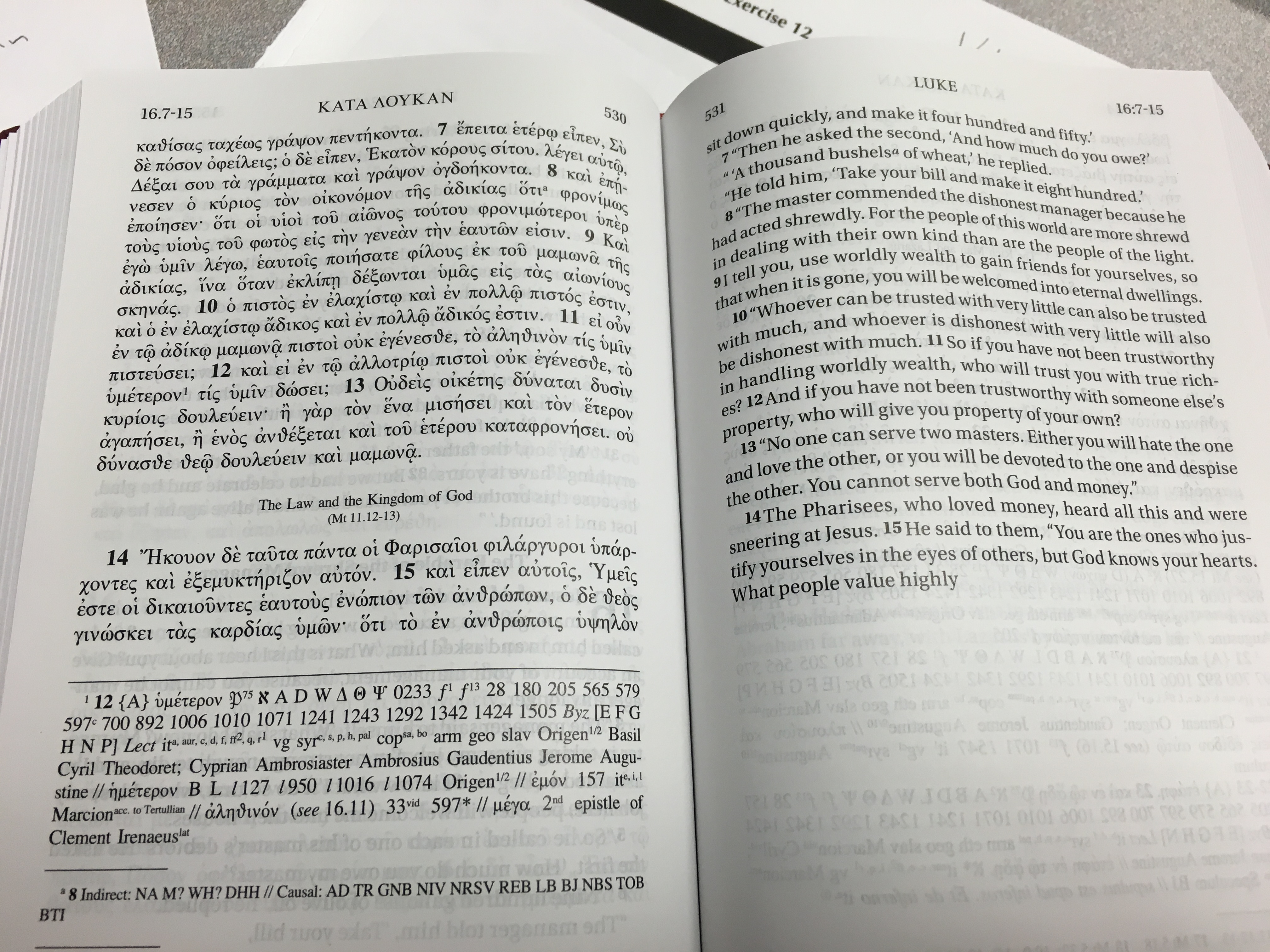
The comparison of various mss is called collation. I've
collated a sample of them. I collated my copy with the original
& found a couple of mistakes. Since there are errors in the
copy used to create both families, it would be hard to get
behind that to the autograph, at least based on mss evidence.
That's how we get into "critical emendations," i.e., educated
guesses about the original text. Such are the limits of textual
criticism.
To some degree the mistakes that enter, they fall into
predictable patterns based on who is making the copy and how.
For instance, in some scriptoria, one monk would read the text,
and several would copy it down. But they were prone to errors of
the ear -- mistaking one vowel for a vowel that sounds
the same. Copying by looking at one ms and writing another leads
to errors of the eye. If two lines close to each other
end with the same word, for example, you might skip down the the
second line and leave out the ones in between.
The pattern of mistakes we made make our two families most like
the Byzantine text type.
- The Byzantine scribes were highly educated, as are you.
- They were working in their first language, Greek. You are working with your first language, English. If I had given you the Lord's Prayer in Greek or Latin, then we would have produced as Western text type. They spoke Latin as their first language, and so their Greek mistakes tended to be random spelling errors, etc.
- They were working many centuries after the original text, as
are you. So they and we face a specific set of temptations in
copying. We want to update the text to modern standards. We
first change from blackletter font to something we are more
used to reading now. The Byzantine monks were also dealing
with orthographical changes.
- I was pleasantly surprised that the "yee" lasted as long as
it did. I myself changed "kingdome" to "kingdom." "Maner"
predictably became "manner," "evill" became "evil," and other
spelling and punctuation changes crept in that made the
language closer to standard current English, especially
regarding the letters 'u' and 'v.'
There is no 'V.'
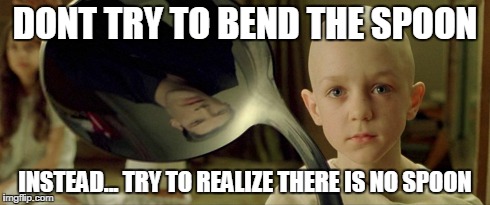
By far the biggest creator of chaos in our game of telephone
was due to a subtile shift in the English alphabet since the
time of King James. I found out
something about the alphabet in the King James era that I didn't
know until now — there is no 'v.' Or maybe no 'u.' When you read
Latin, some texts show 'u,' 'v,' 'i,' & 'j'. Some show 'u,'
'v,' & 'i,' and some just show 'u,' & 'i.' That's
because originally 'i' and 'u' were like our 'y'; sometimes a
consonant, sometimes a vowel. Likewide, in the English of the
first edition of the KJV, there was only 'u.' Or maybe only 'v.'
Sometimes it was a consonant; sometimes a vowel. The difference
in shape was based upon the position in the word. At the
beginning of word, it was printed 'v'; in the middle, 'u.' So
you would "saue vp" rather than "save up."
Fall 2019 Class
The Exemplar
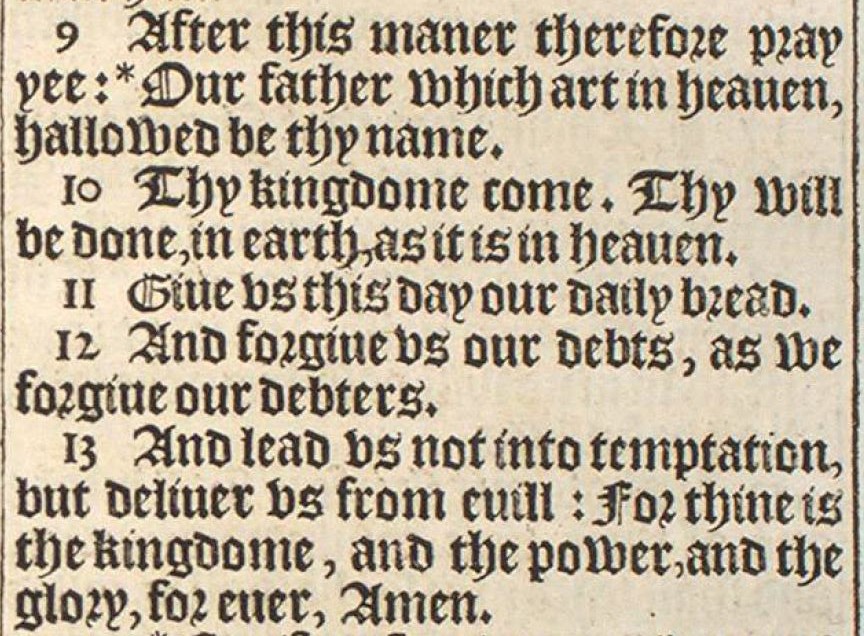
Family 1 — The Acton Family
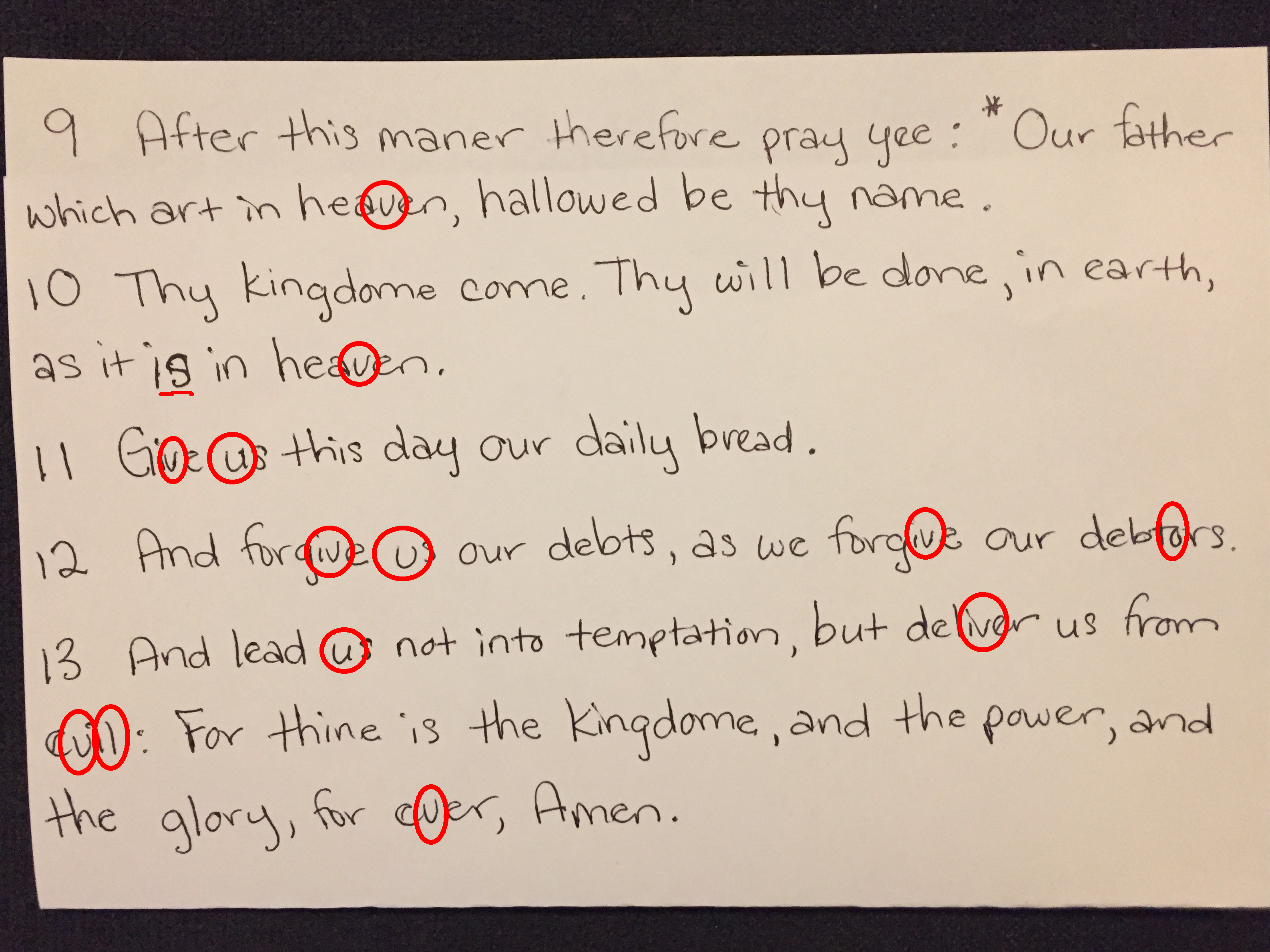
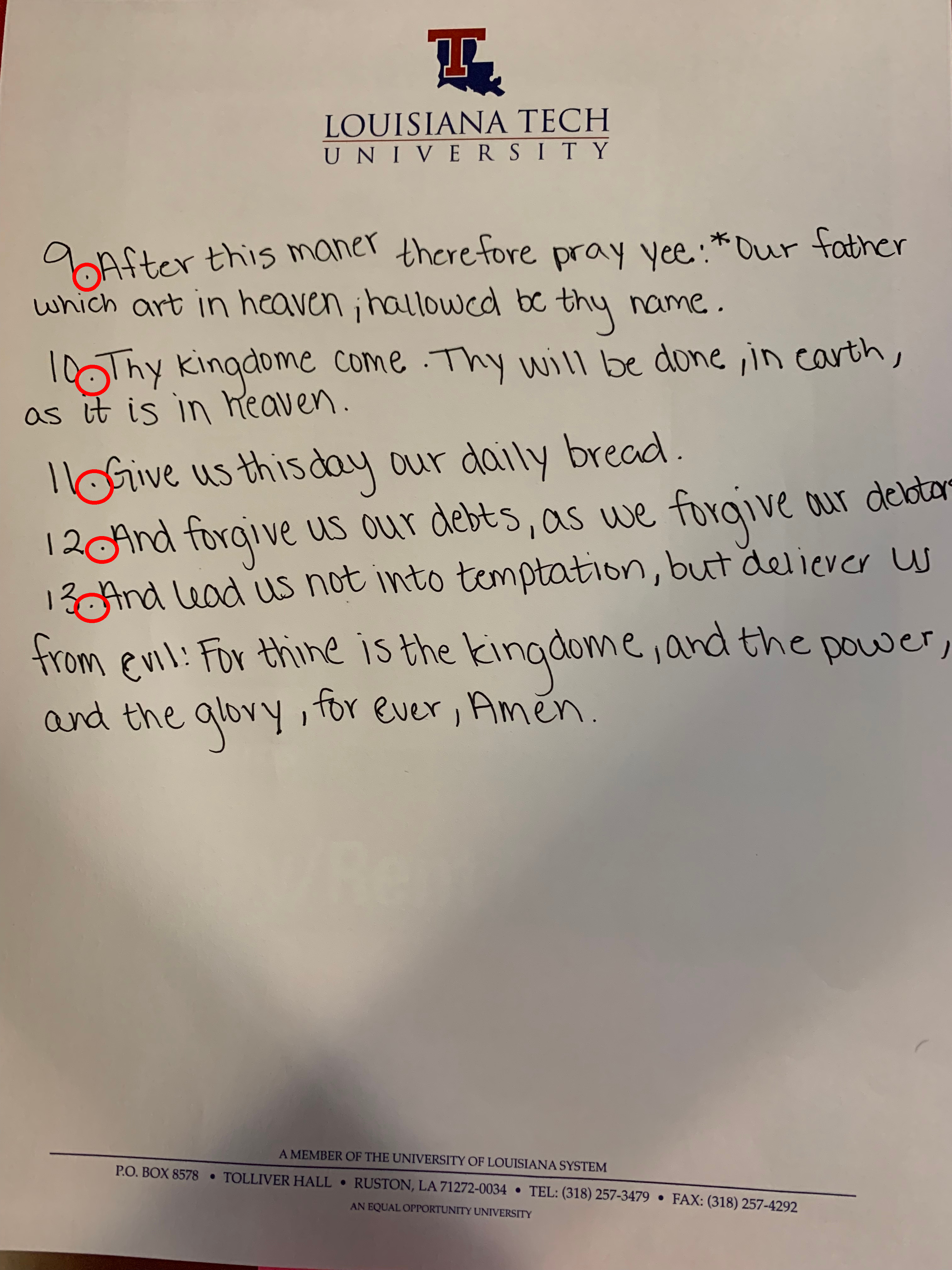
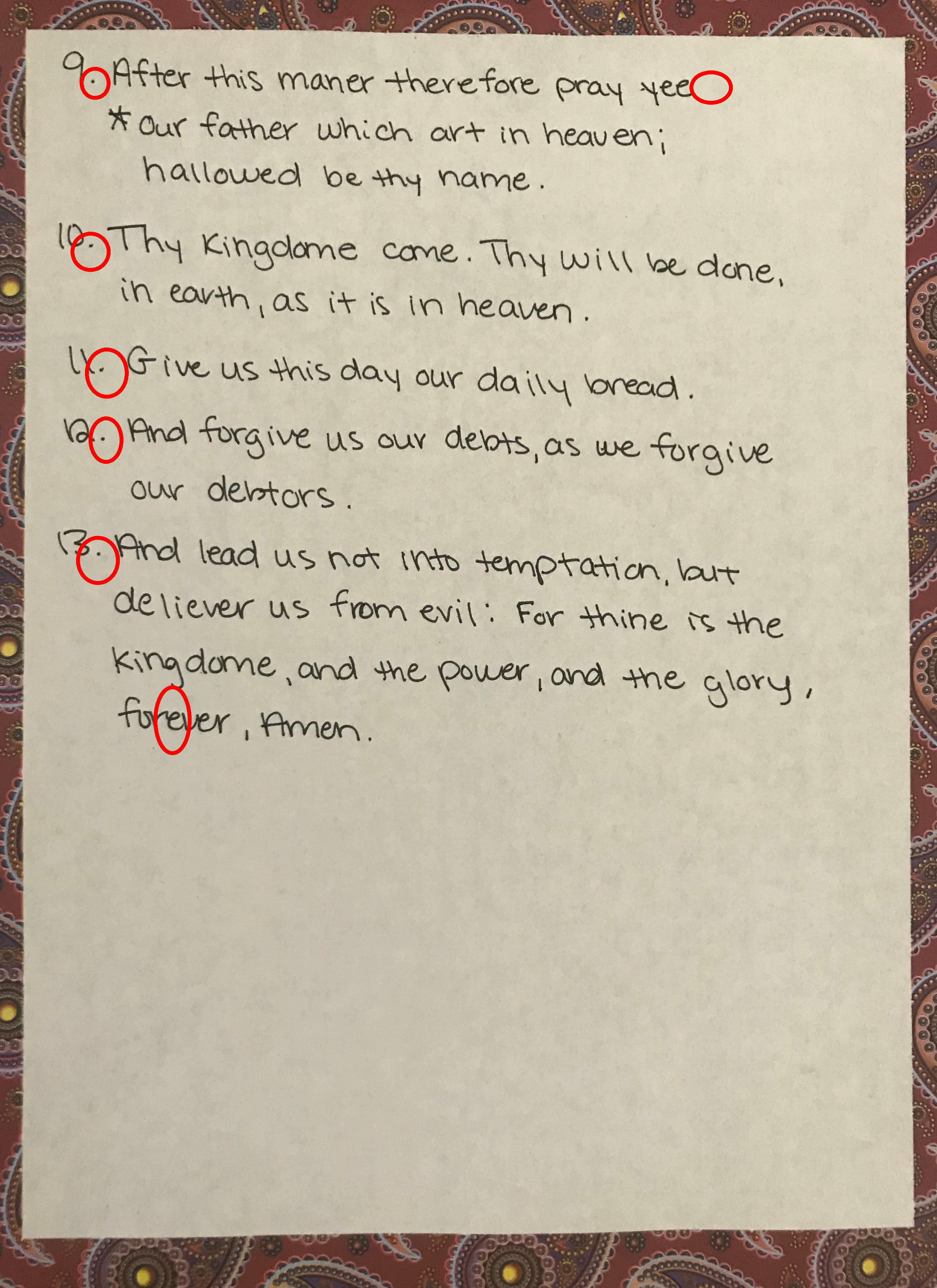
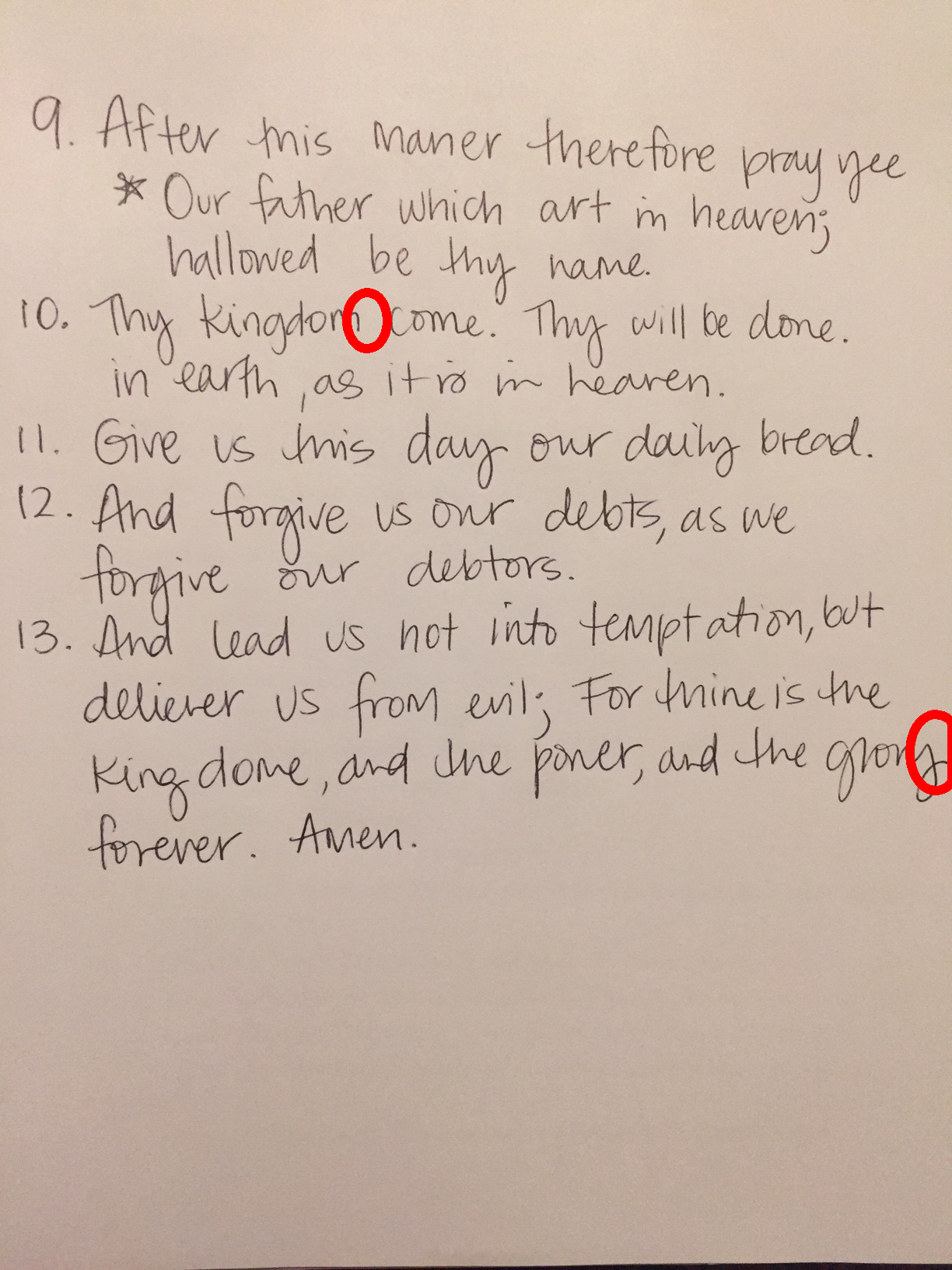
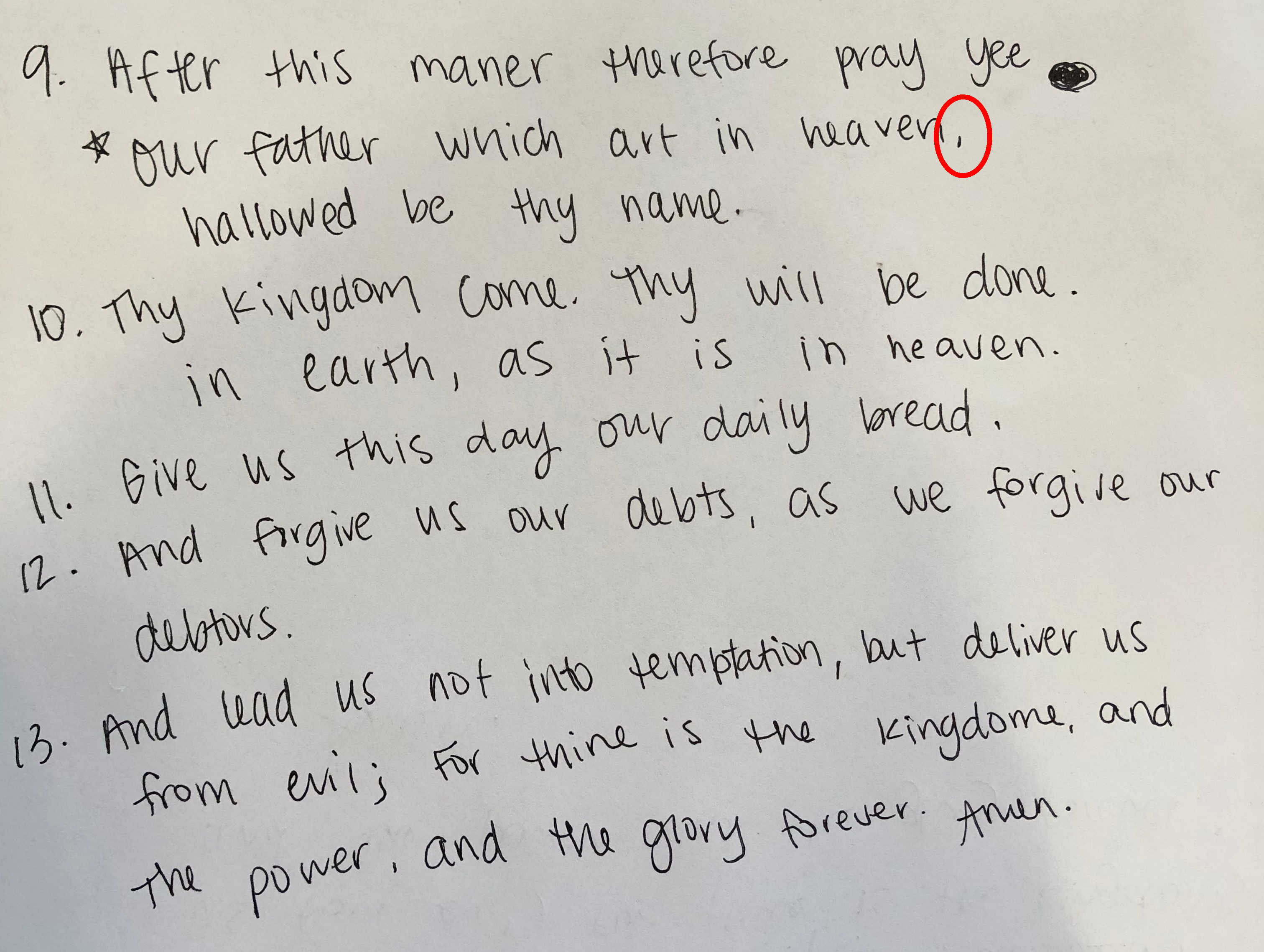
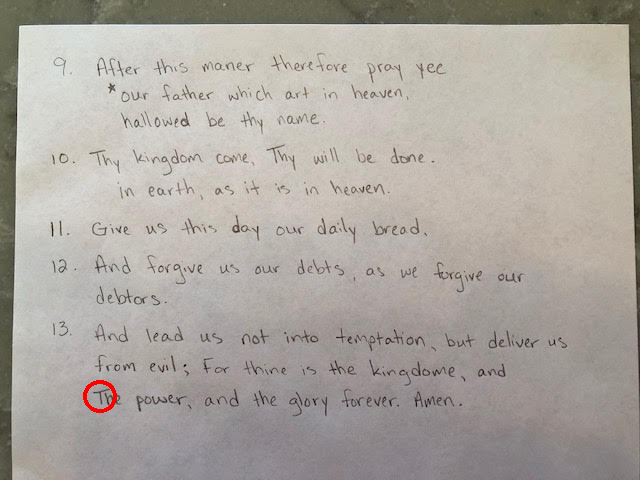
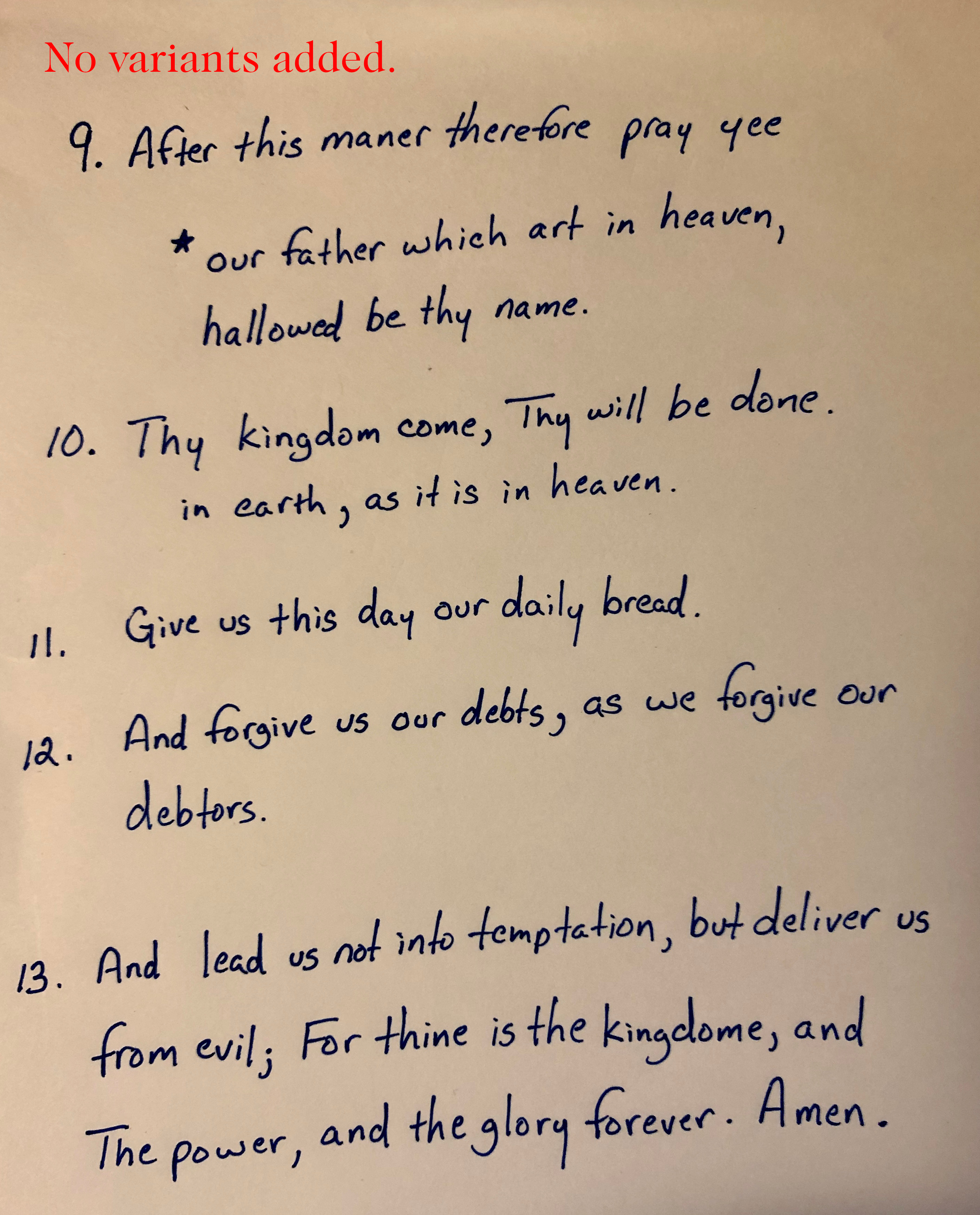
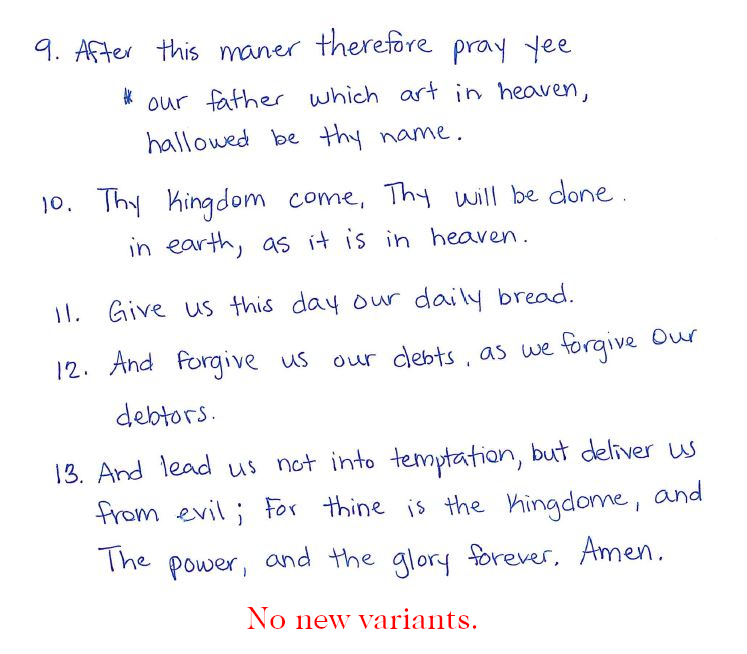
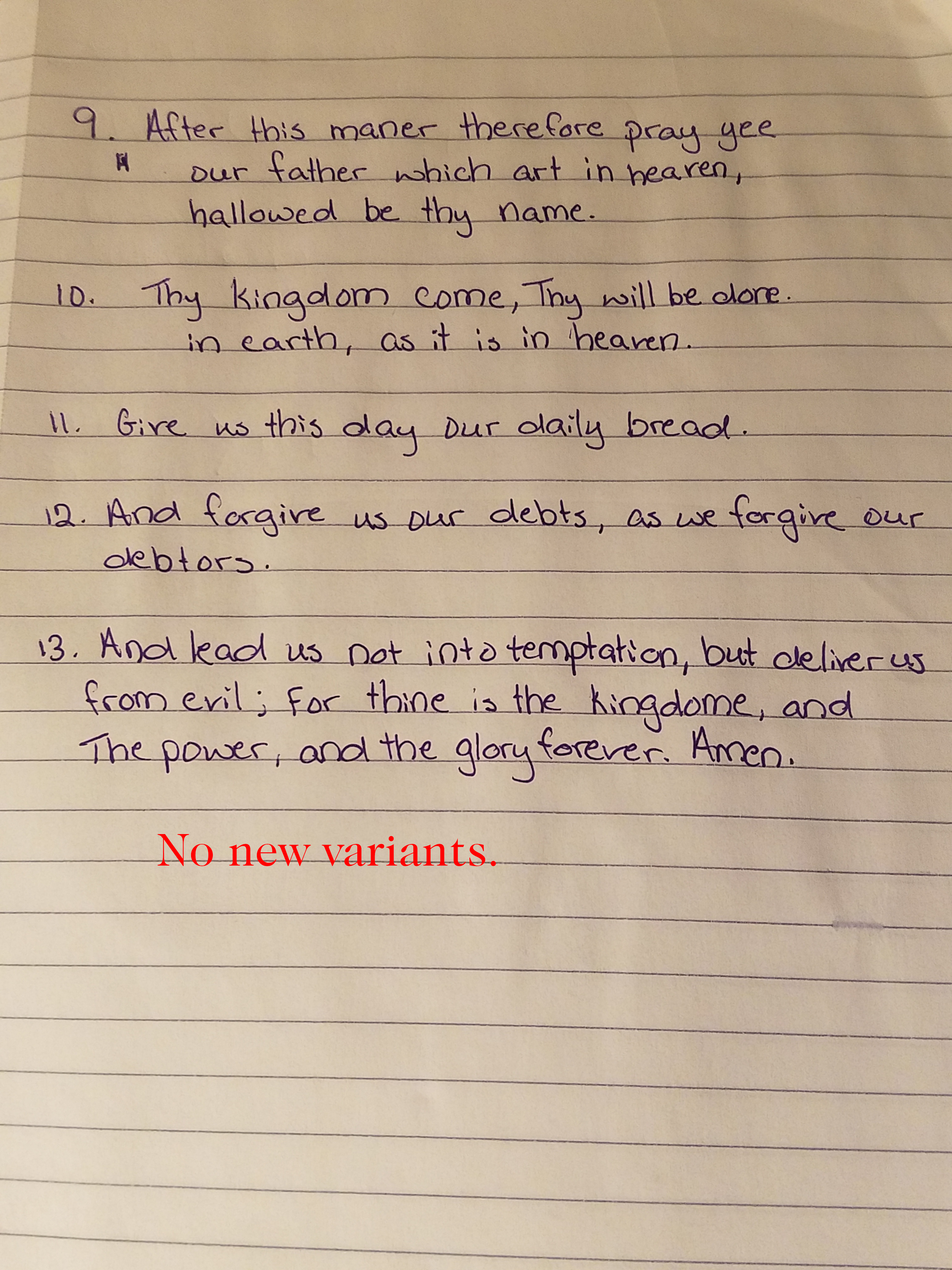
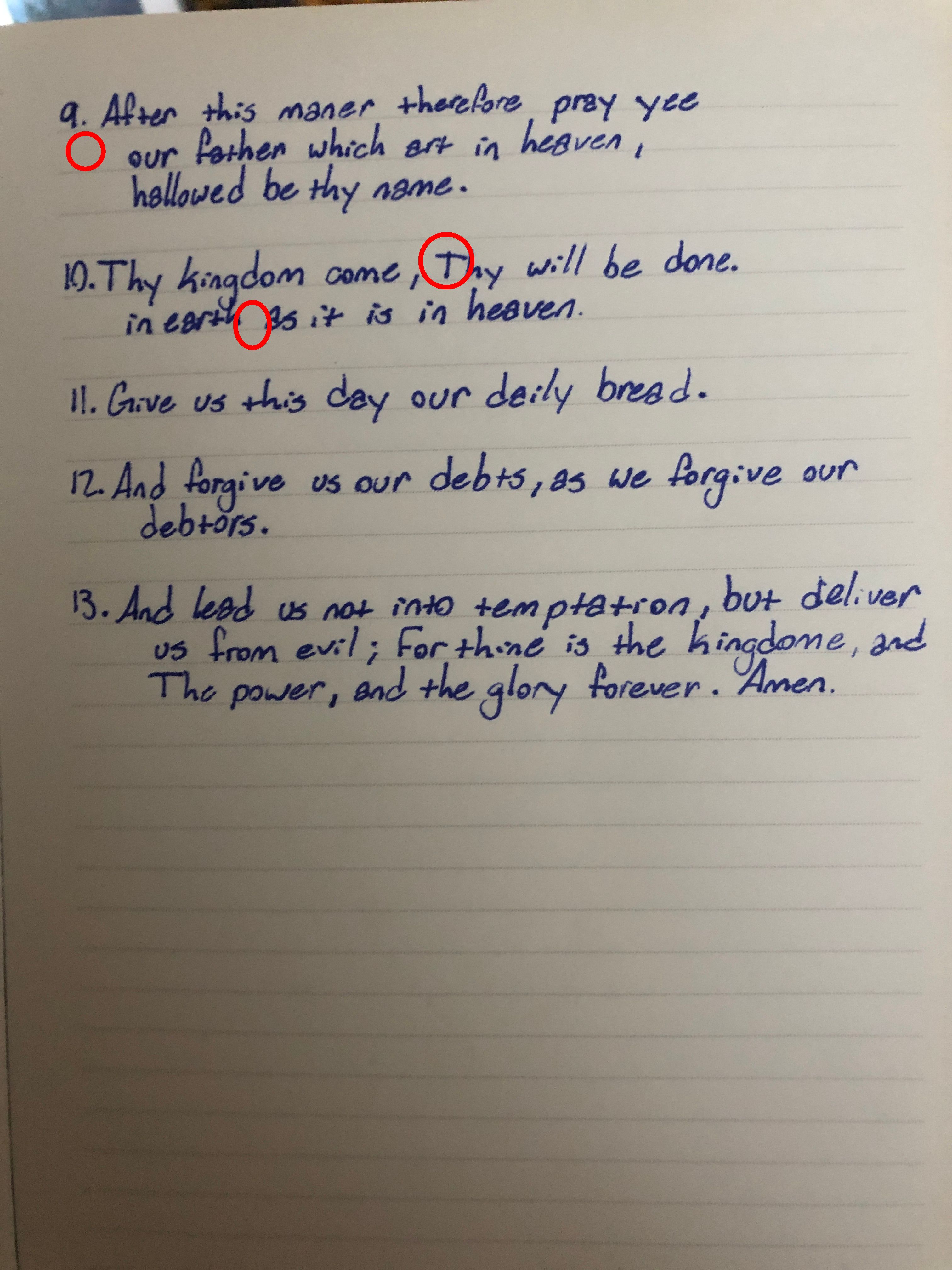
Family 2 —Jones Family
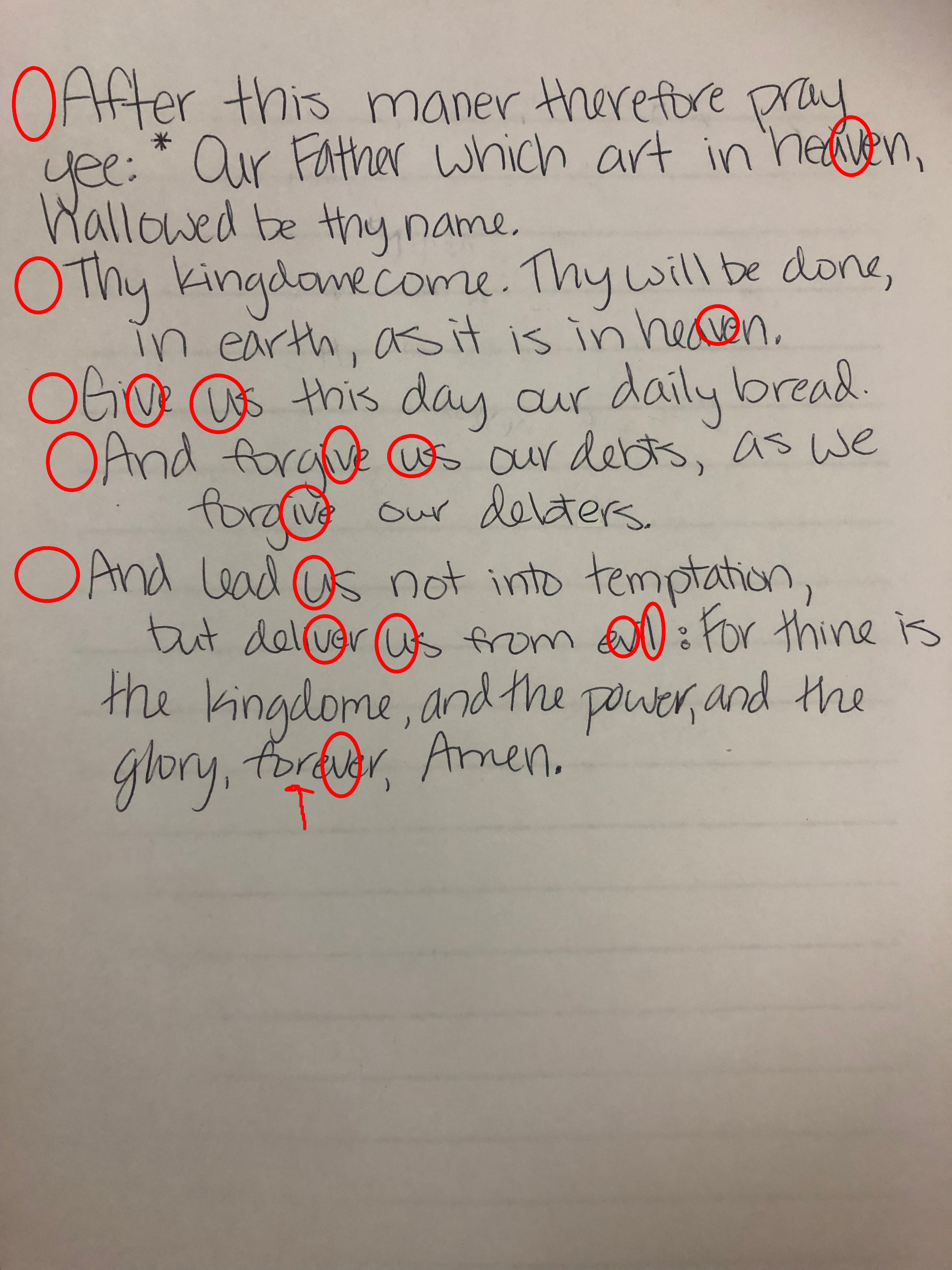
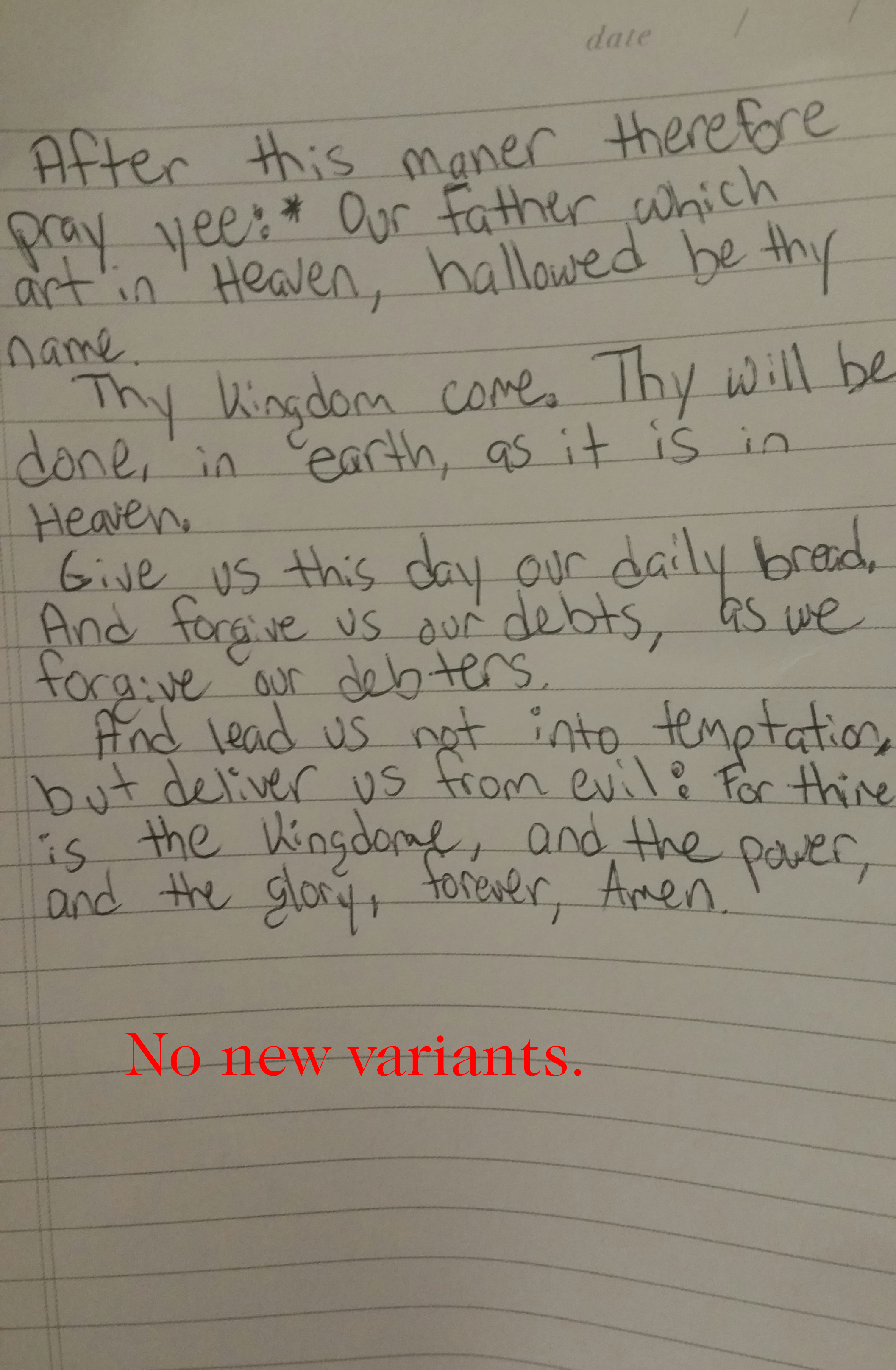
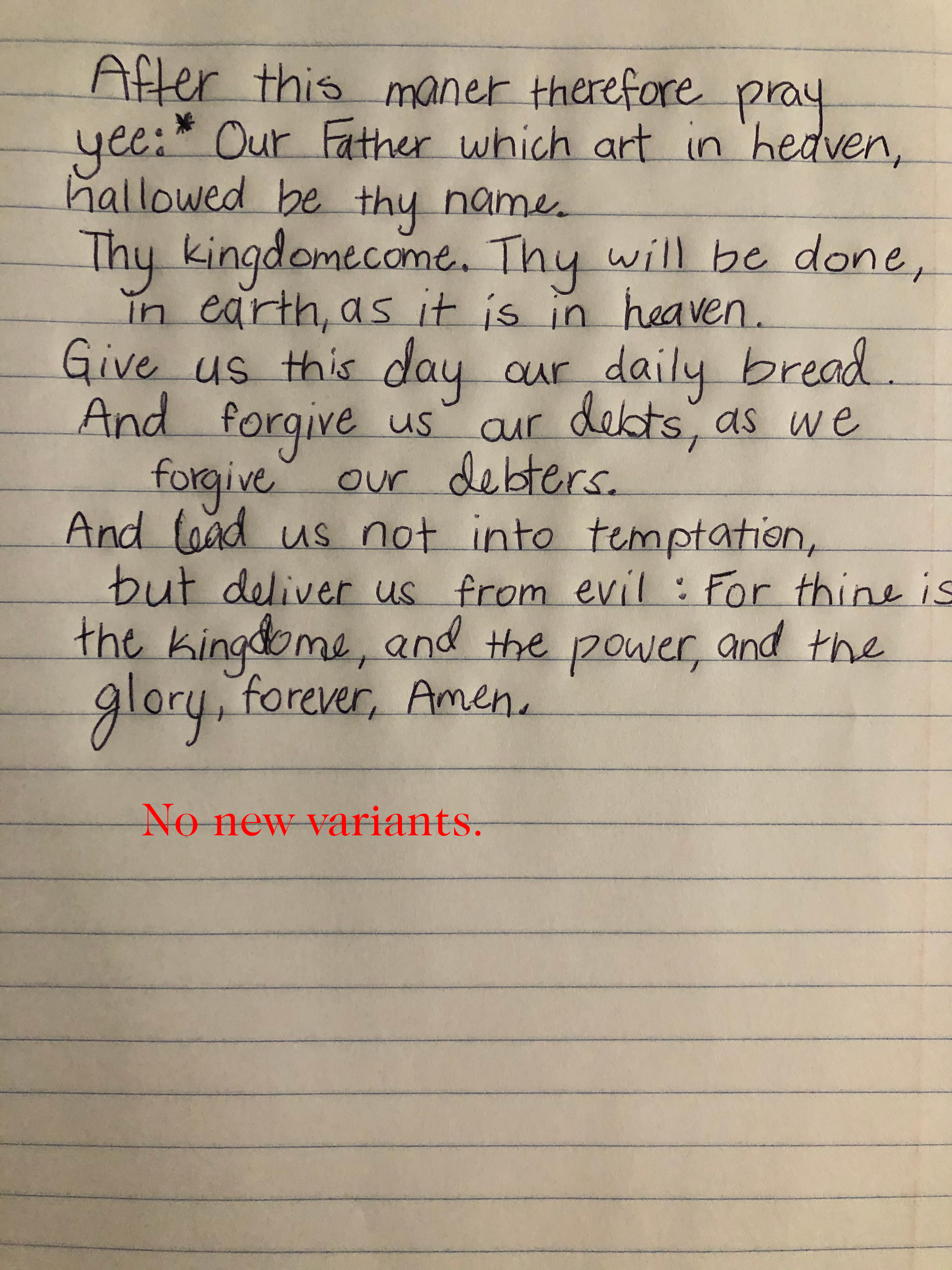
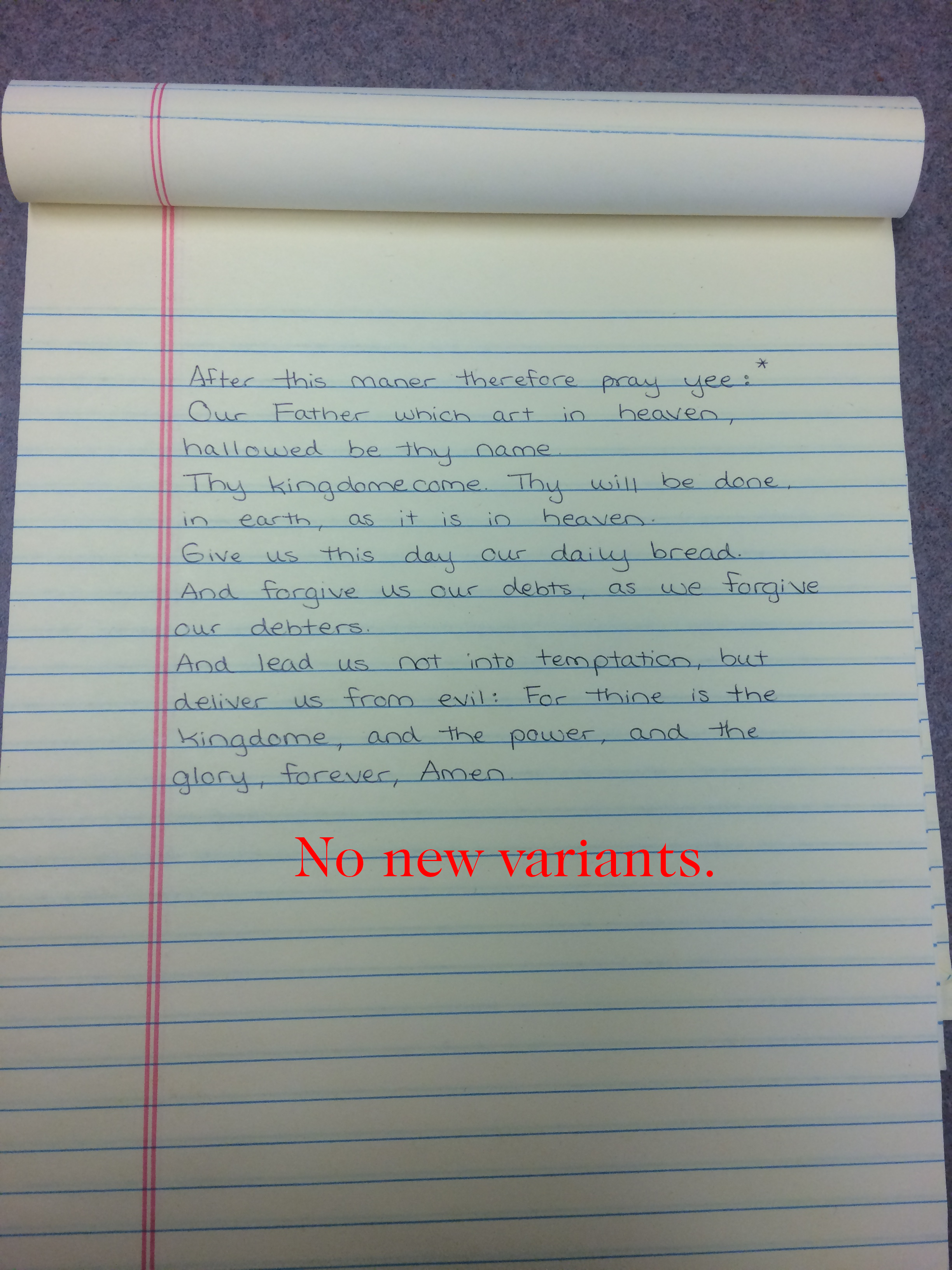
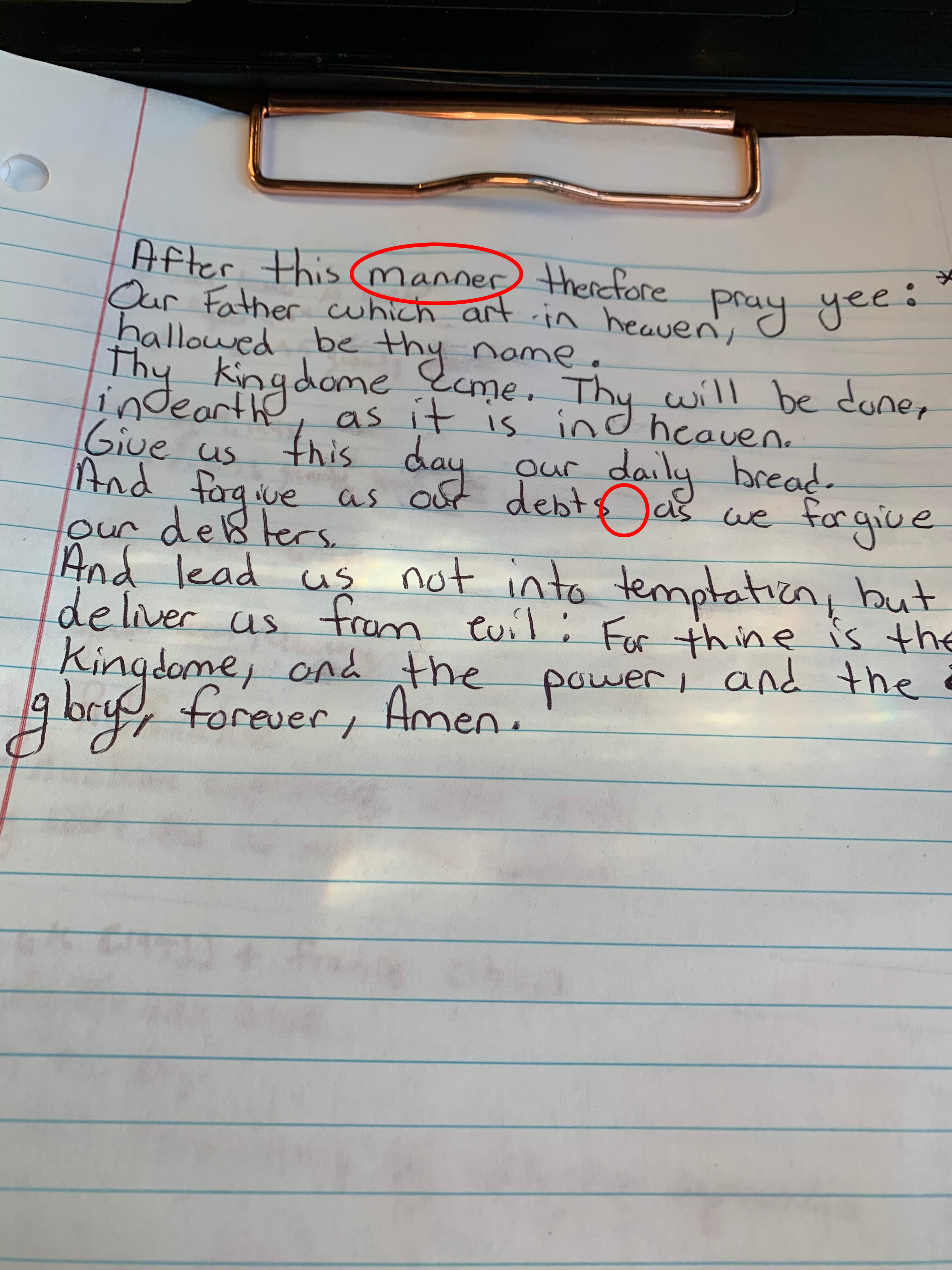
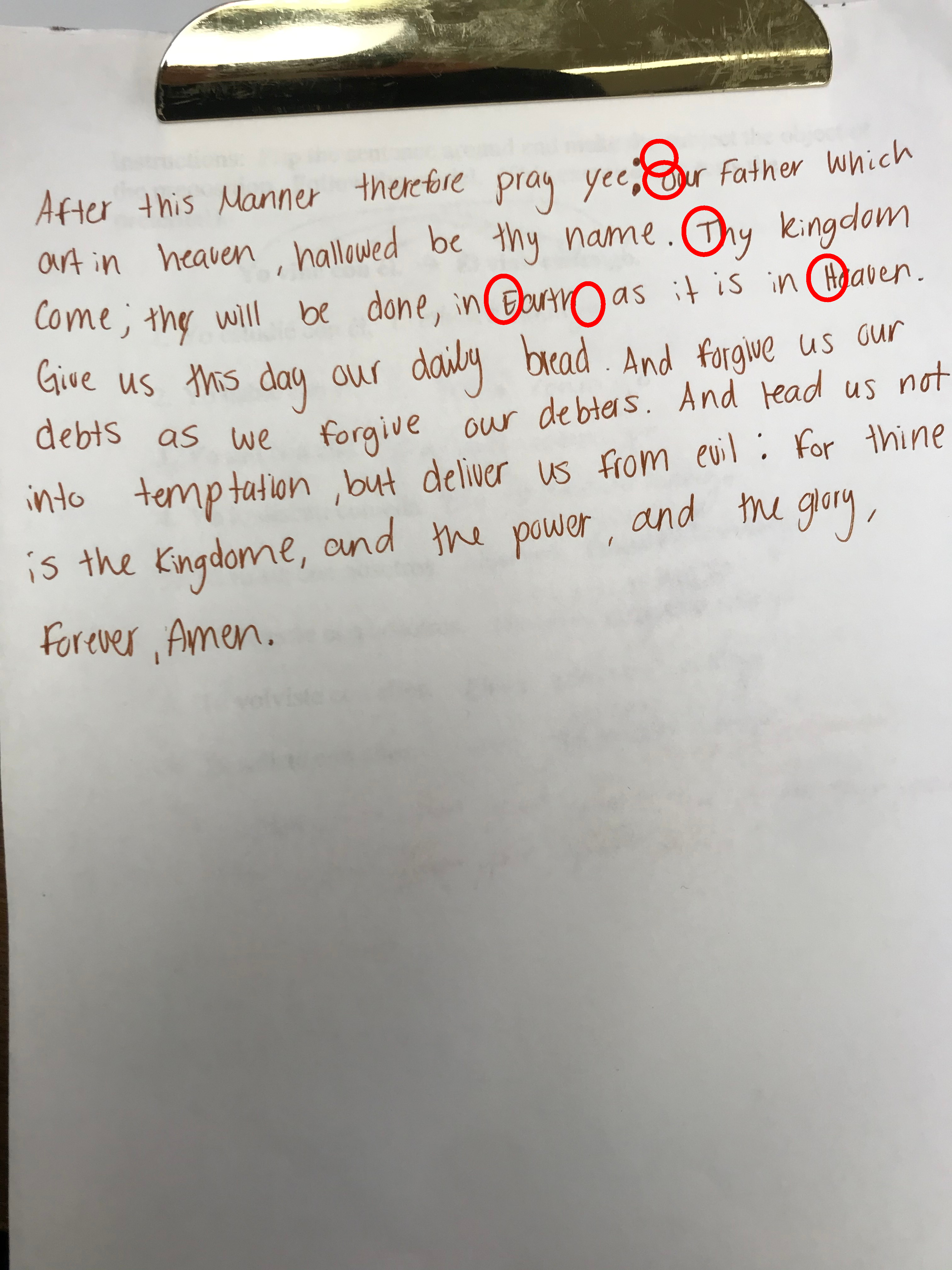
2018 Class
The Exemplars

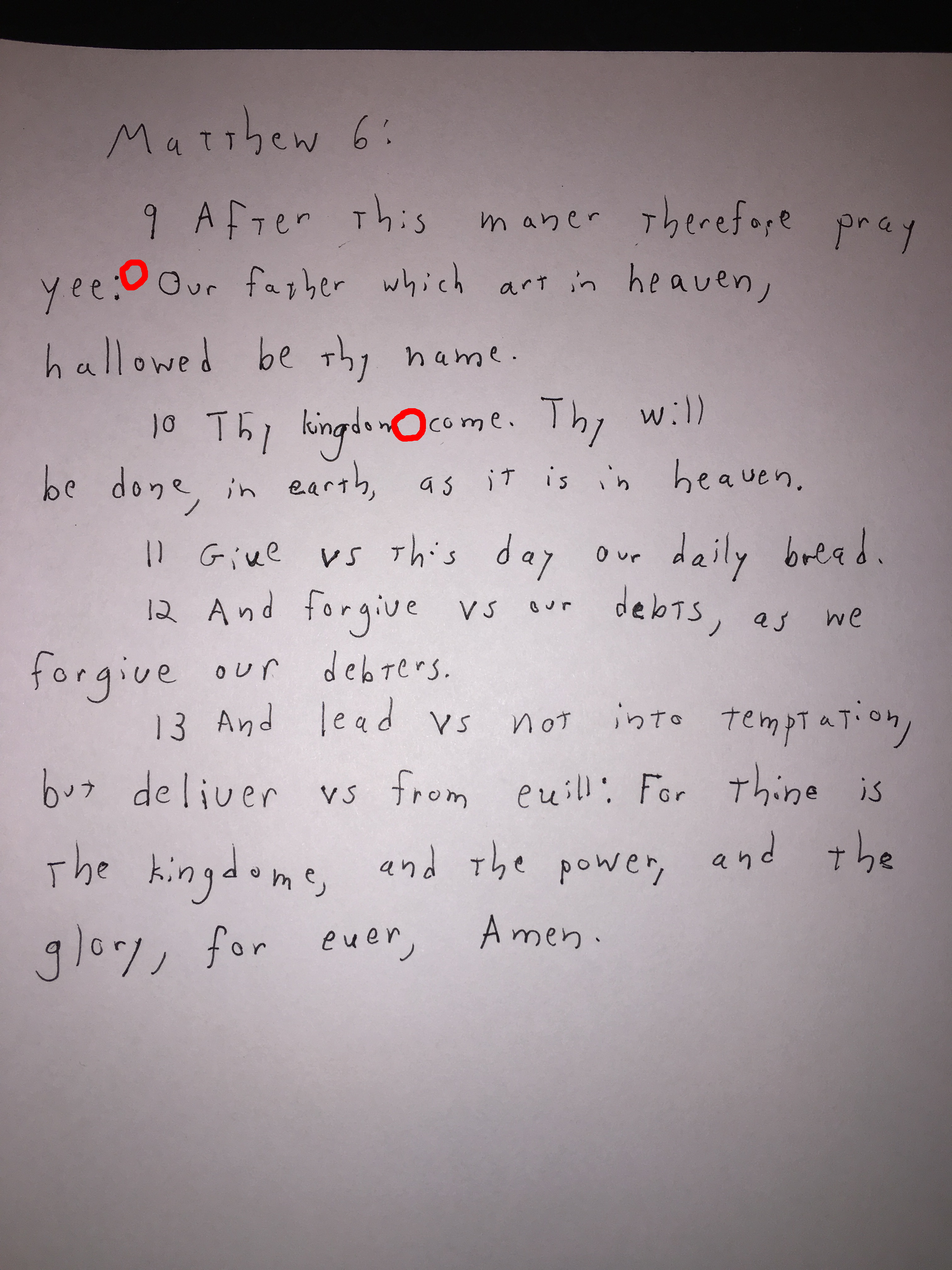
Family 1
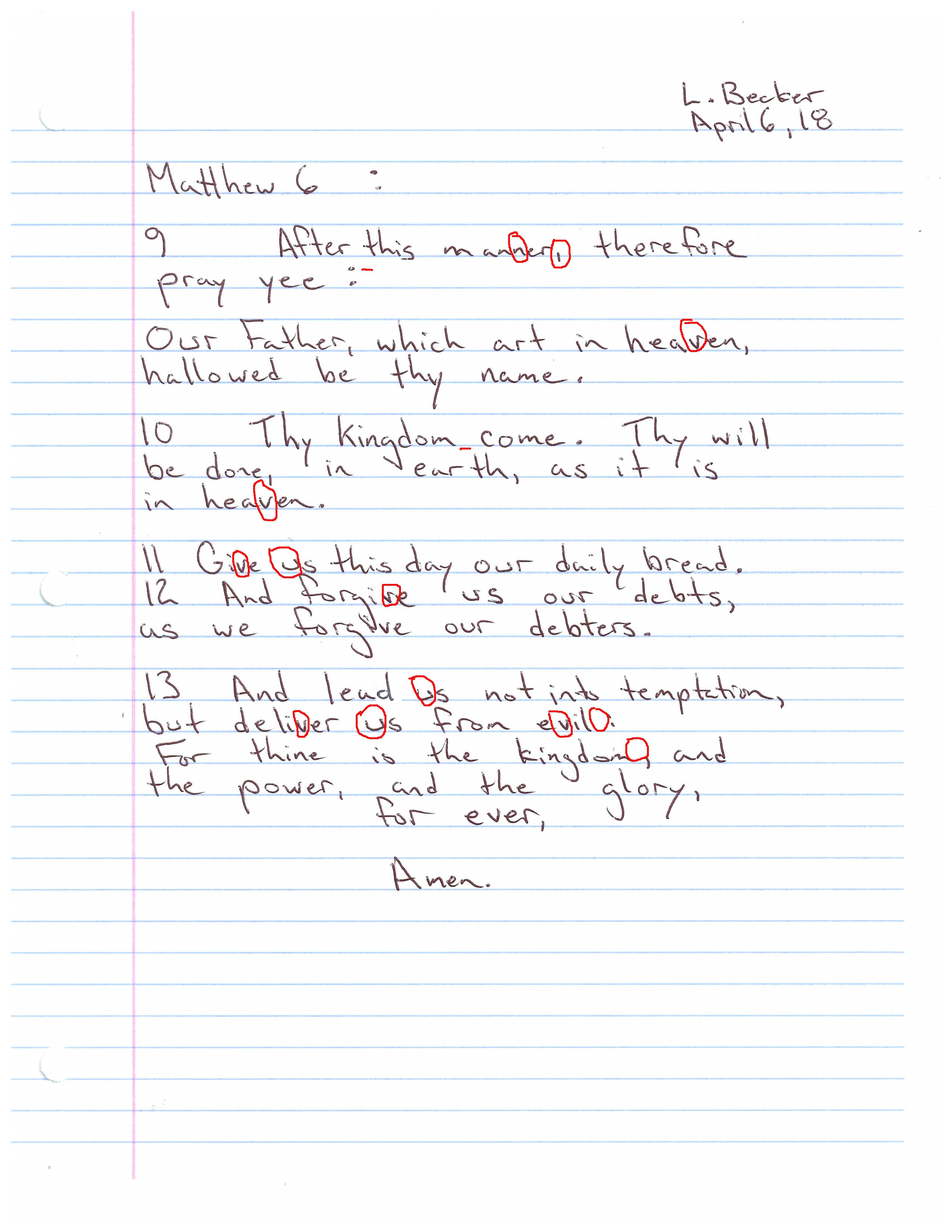
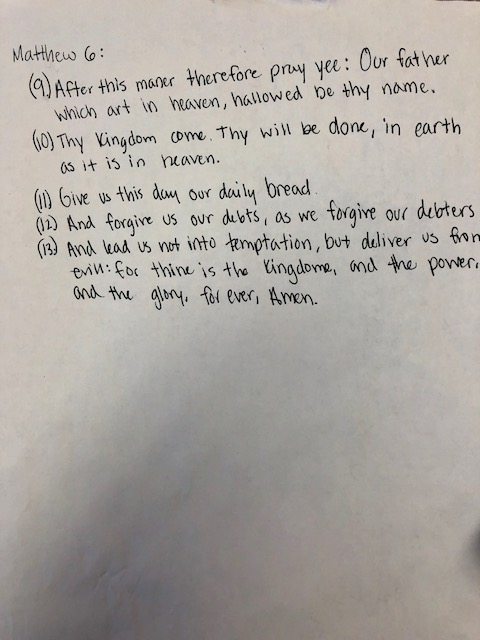
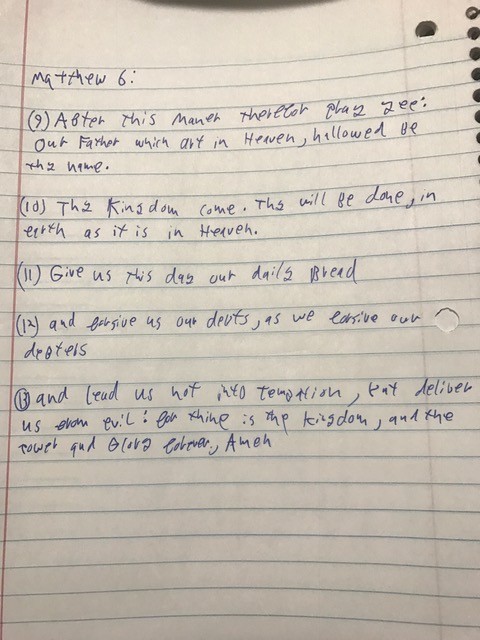
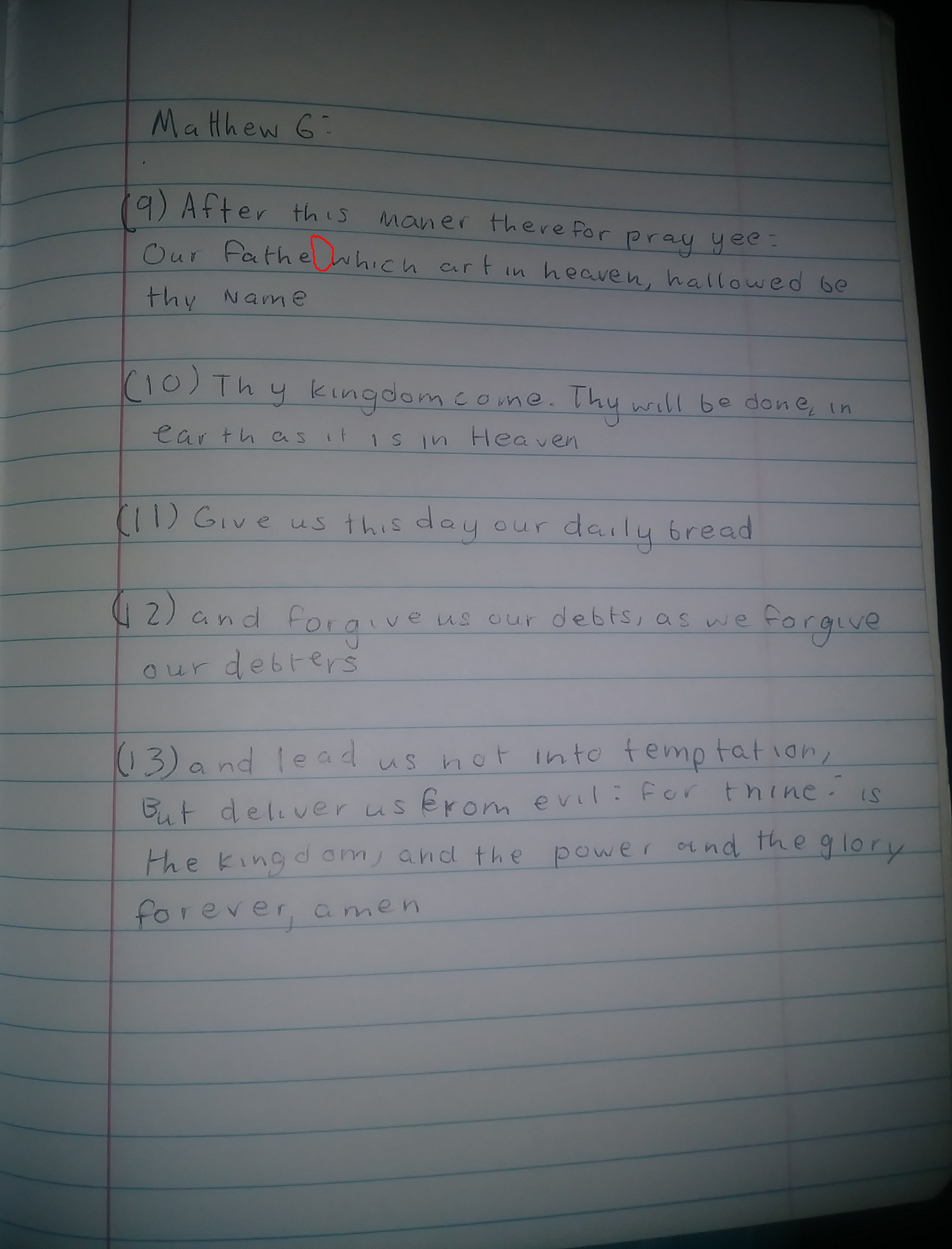
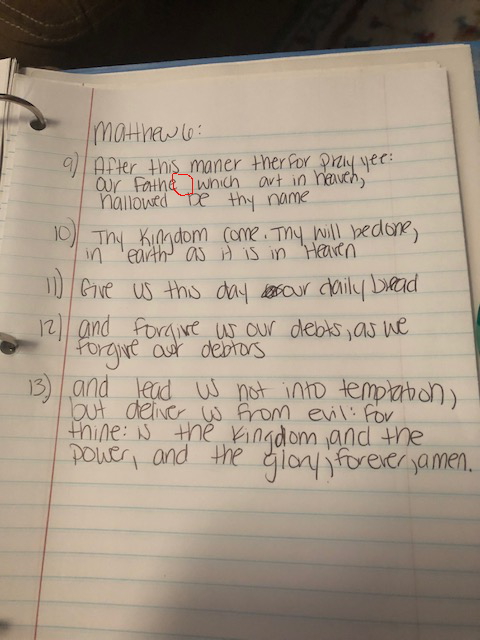
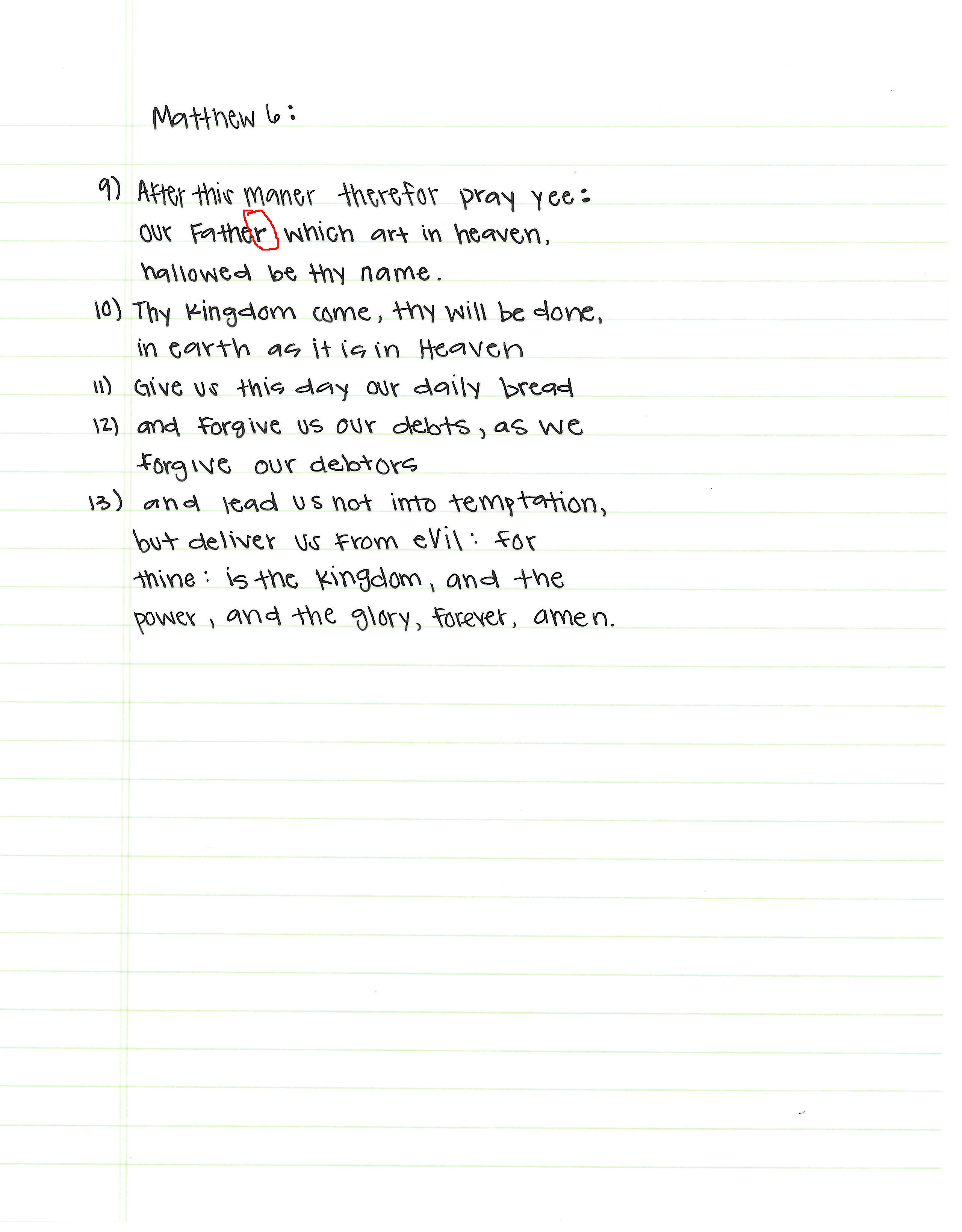
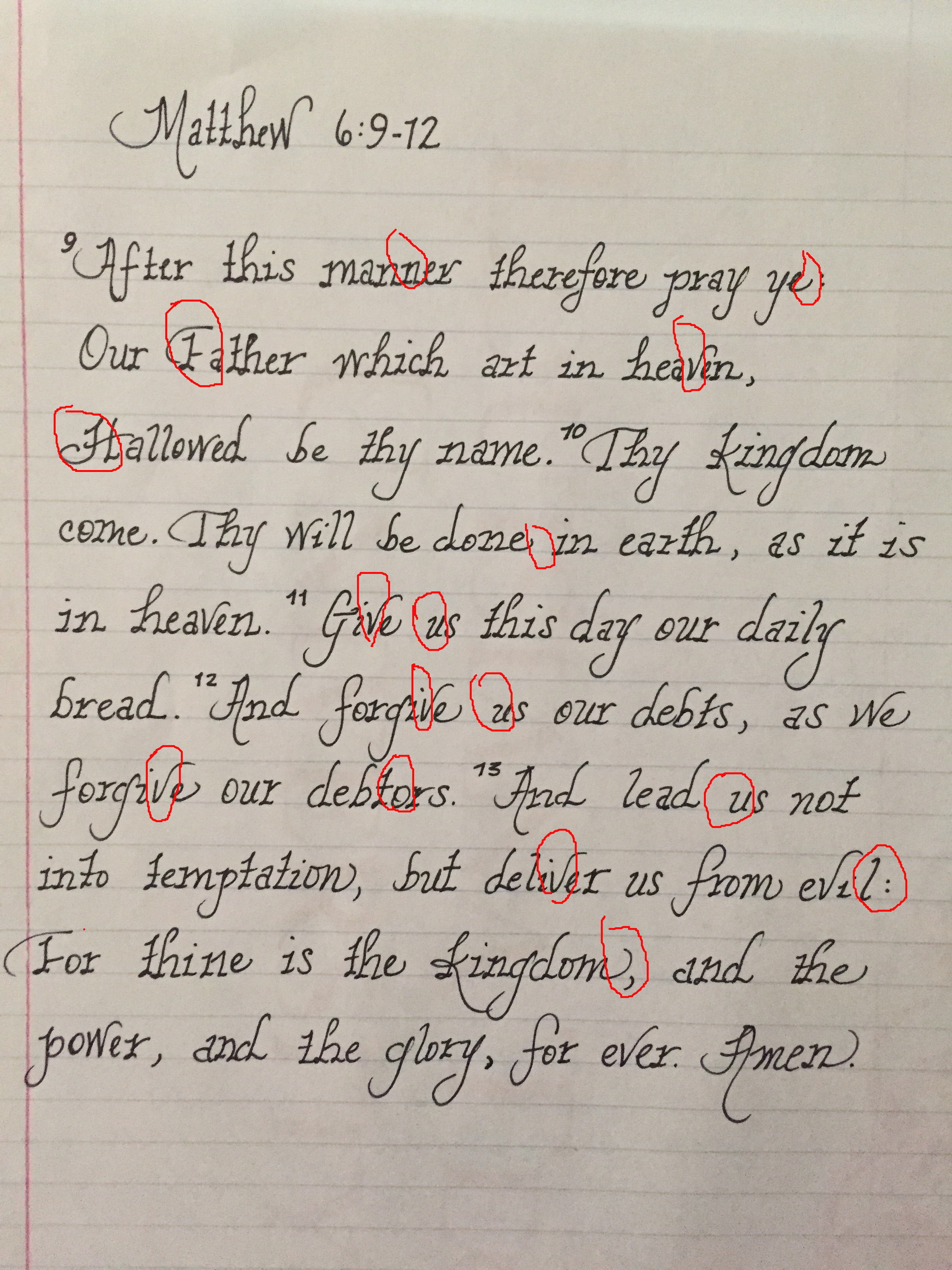

Family 2
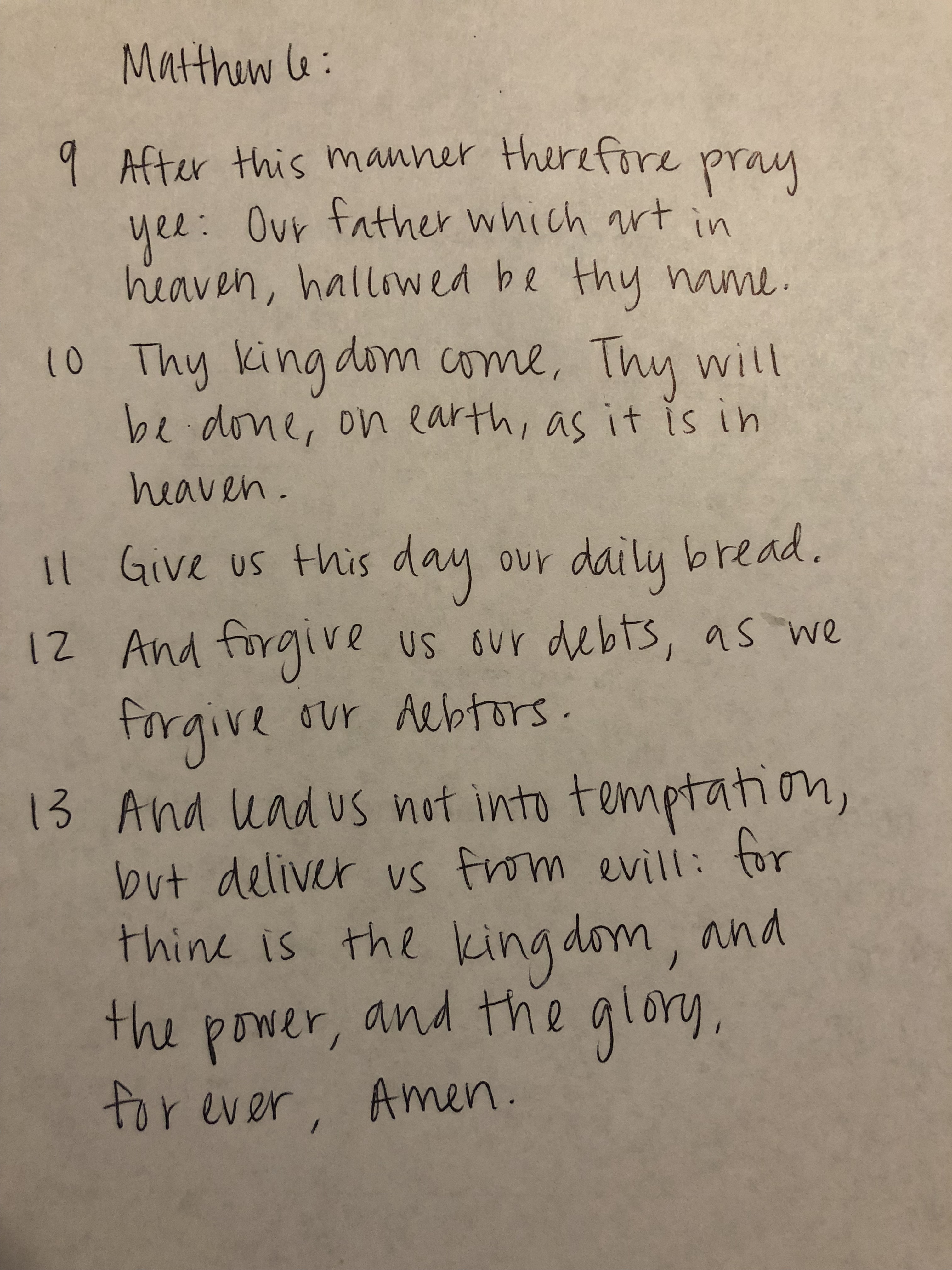
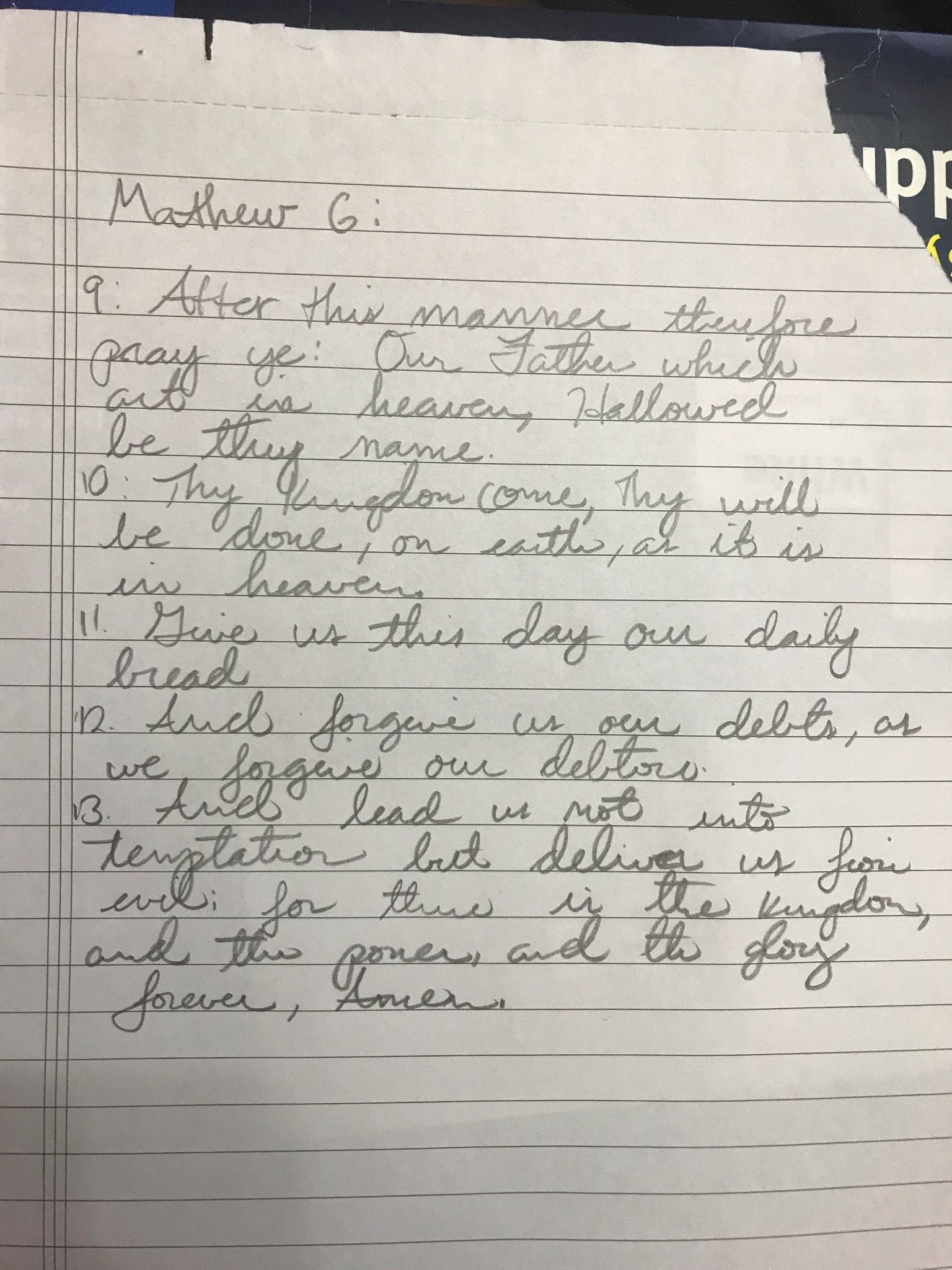
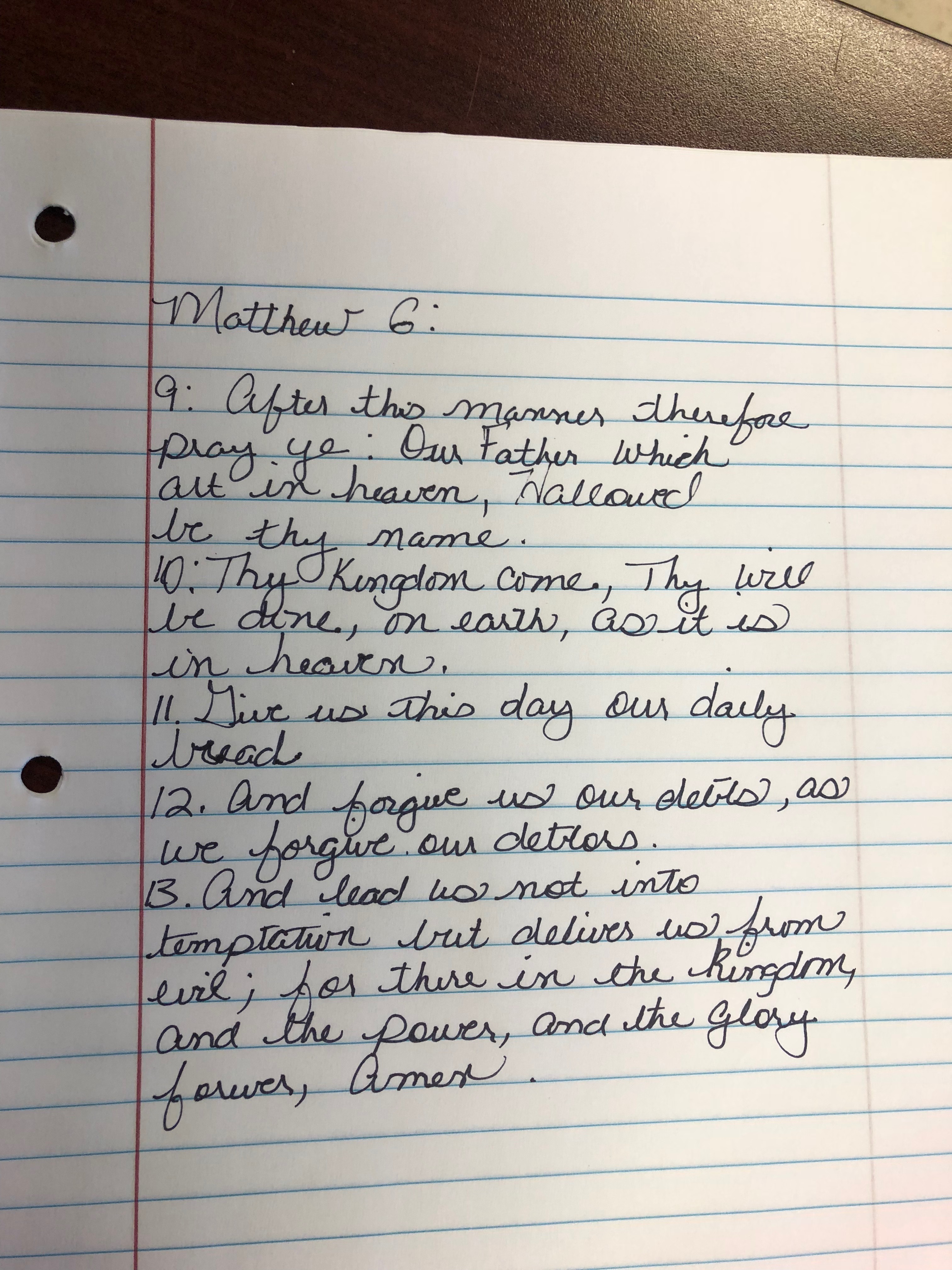
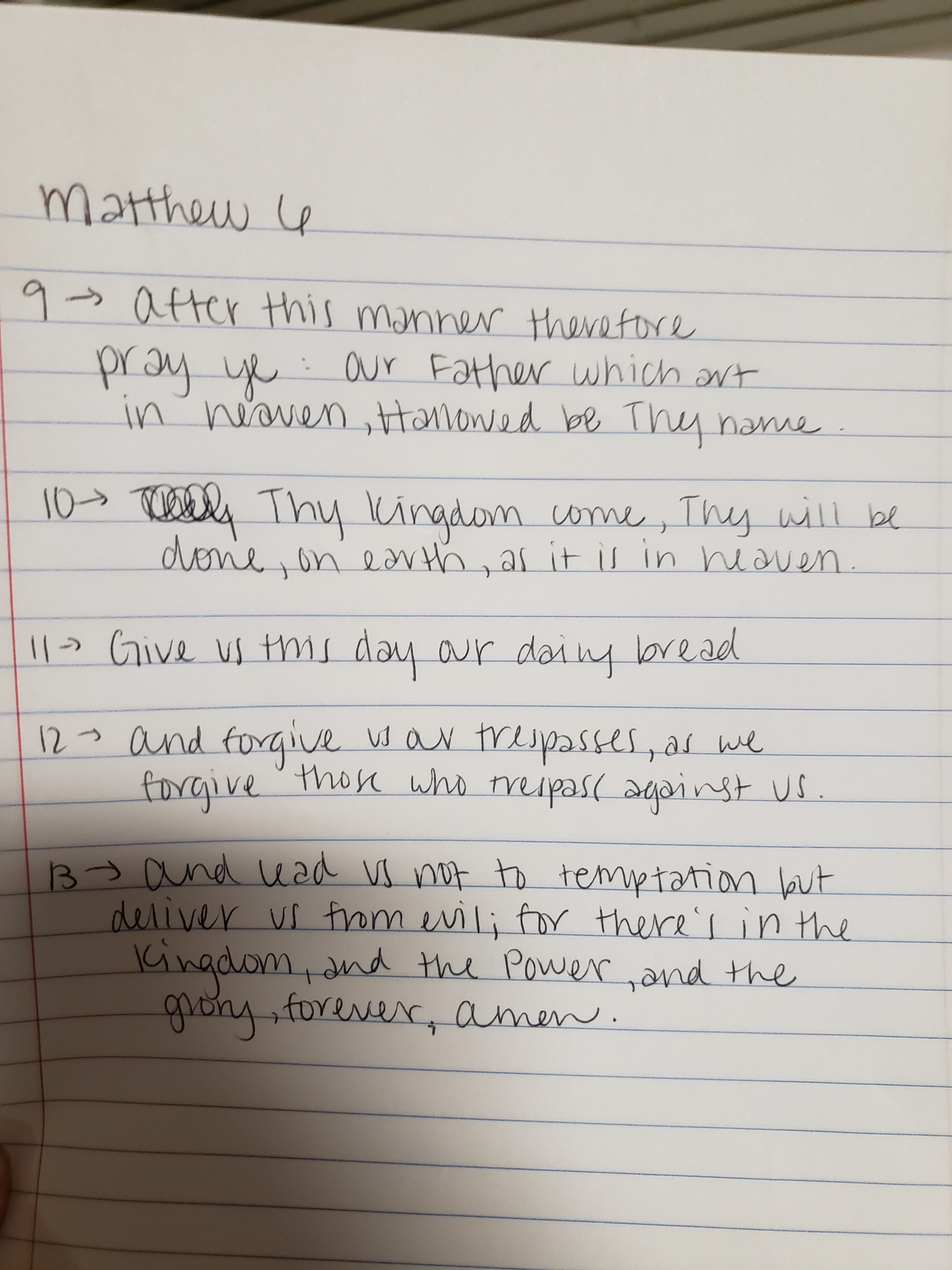
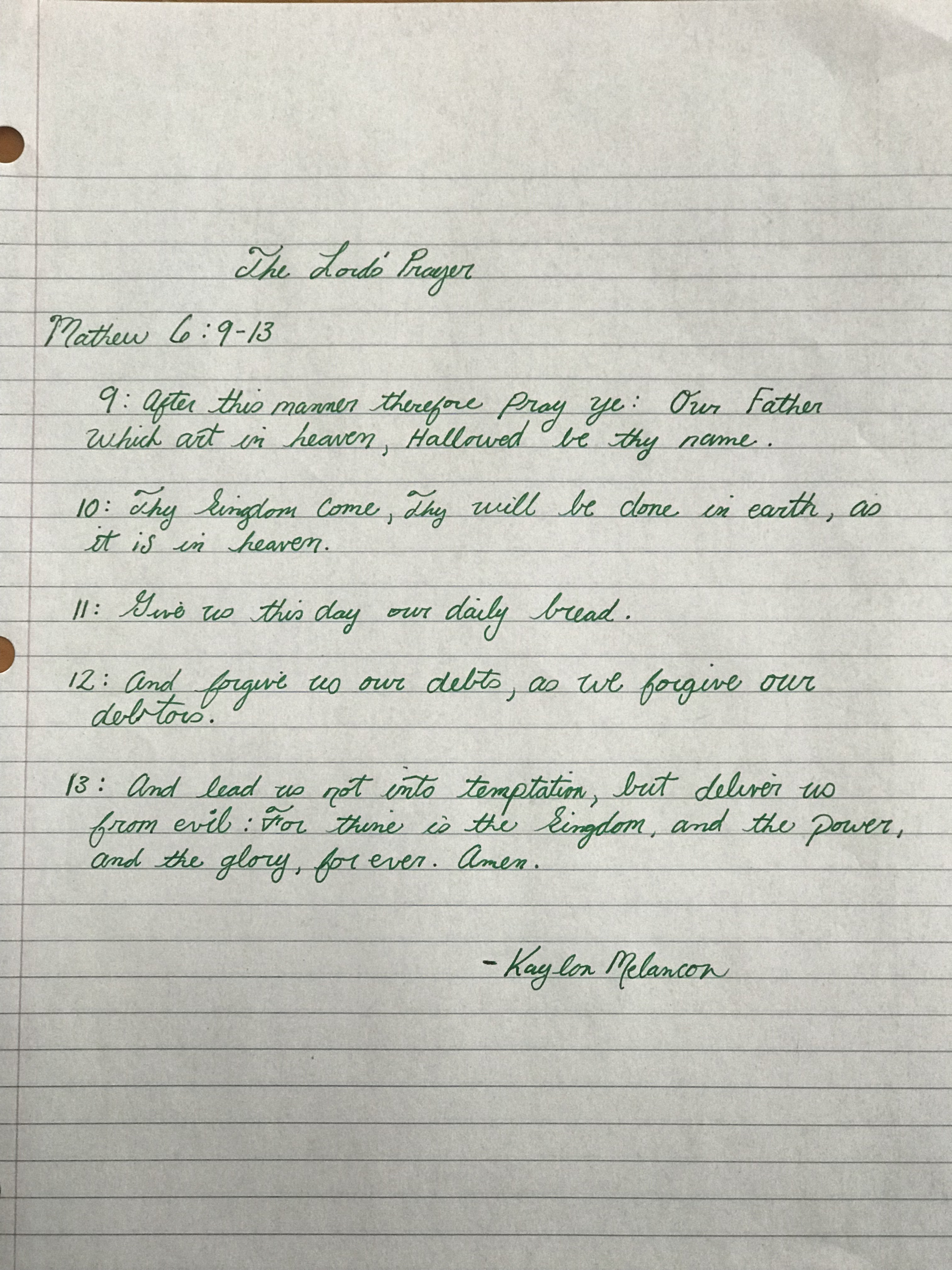
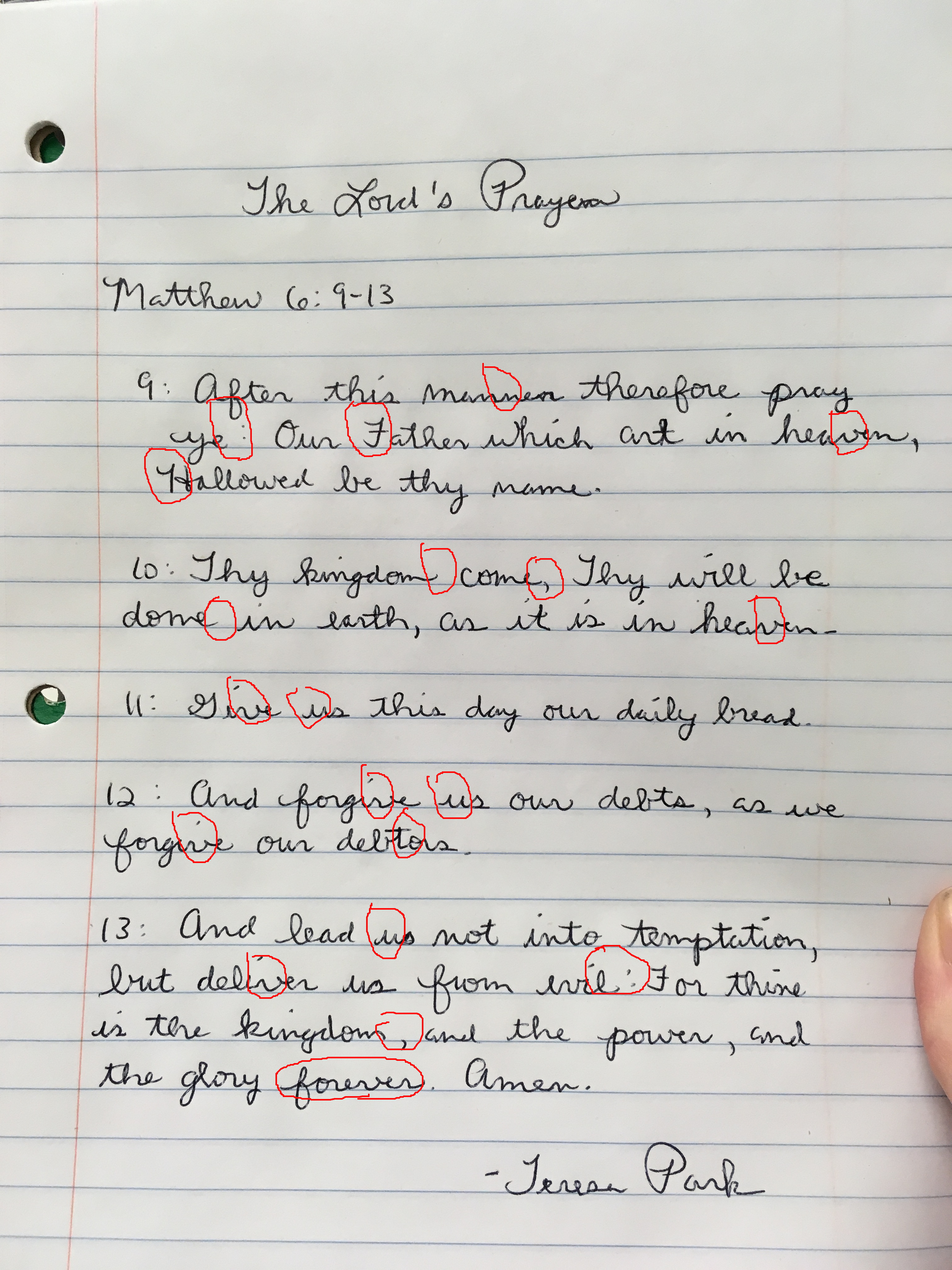
Home Page
